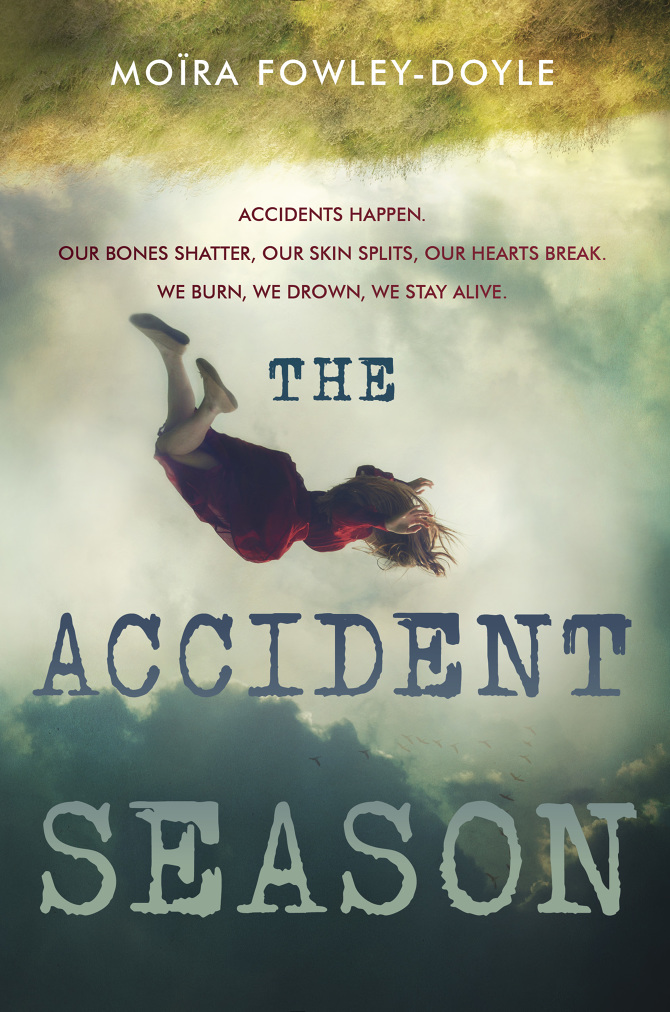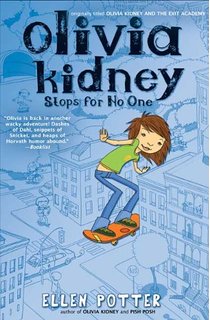[button color=”black” size=”big” link=”http://affiliates.abebooks.com/c/99844/77798/2029?u=http%3A%2F%2Fwww.abebooks.com%2Fservlet%2FSearchResults%3Fisbn%3D9780689841118″ target=”blank” ]Purchase here[/button]
The award-winning author of Mrs. Frisby and the Rats of NIMH wrote a book in the 1960s that is kind of a cross between a medieval fantasy and a Gothic horror novel, only it’s set in the Eastern U.S. in the 1960s, and the race riots and social unrest of that era are an element in the horror. Frightening as it is, I remember my fourth-grade teacher reading it to my class, and it still chills me to the quick at the age of 30.
It’s a pretty gripping story. Ellen Carroll, the middle child of three in an unnamed Virginia city, mysteriously receives a silver crown on her birthday which confirms what she has always thought–that she is, somehow, a queen. But while she is sitting in the park fantasizing about her castle and her kingdom, her house burns down and her family is apparently wiped out.
With only a couple of dollars and an Aunt in Kentucky to rely on, she sets off on her own and soon realizes that very dangerous people are chasing her. She gets help from an older lady, a slightly wild boy named Otto, a talking crow named Richard, and a lonely widower who carves wood for a living. But gradually she is drawn into the trap of an evil cult, a magical mind-control machine, a King who wears a black crown, and a castle containing a school that brainwashes children and turns them into terrorists. Ellen and her silver crown appear to be the only thing standing in the way of the Hieronymous Machine and its plan to enslave the whole world.
The edition that I have includes two different endings for the book, one of which was written for the British edition, the other for the American edition. The only difference really, besides the length of the last chapter, is how the silver crown appearing on Ellen’s pillow is explained. I like the shorter, British ending better. Nevertheless, I think the last few chapters seemed a bit rushed. I sensed that O’Brien was either getting sick of writing this story, or excited about the ending he had come up with, or possibly he had written himself into a corner, but one way or the other, the resolution of the story seemed kind of abrupt and perfunctory, in proportion to the pacing of the rest of the novel. It almost seemed too easy. Maybe. You tell me, if you get a chance to read it!


